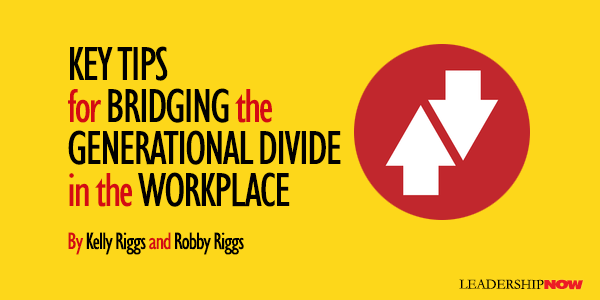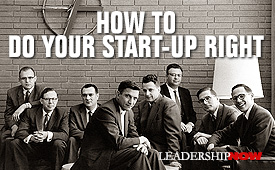 |
 |
02.21.18

Key Tips for Bridging the Generational Divide in the Workplace
M The clash of perspectives, with the Boomer generation craving the comfort of a hierarchical organization and Millennials demanding inclusion and collaboration, impacts the bottom line. Millennials will abandon any job if the culture their manager has created is unworkable for them. If it means more than six jobs in ten years, so be it. But such turnover is costly. Research shows the average cost of employee turnover is about 20 percent of the employee’s annual salary. Other costs of not adapting leadership styles for your younger employees are harder to quantify, including lost knowledge, relationships, opportunities, and more. Transforming from an entrenched and unworkable generational disconnect into a dynamic organization able to face 21st century challenges collaboratively requires key actions, including: 1. Reassess attitudes toward junior employees. Boomers and Millennials have distinct differences in how they act and how they want to be regarded in the workplace. These differences are potentially lethal to your business, particularly when leaders aren’t prepared to make the most of the talent and innovation the young employees bring. Strategies that move managers, supervisors and executives away from being simply directors to become “people developers”—coaches, motivators and listeners—will serve in providing the collaborative culture Millennials crave. And management will realize that all generations in the organization respond better to relational leadership opposed to directives and demands. 2. Realign workplace expectations. Boomers remain in the mindset that junior employees have to pay their dues and show respect, just as they had to do. But Millennials expect their supervisors to understand the amazing life experiences and skills they bring. They value autonomy, flexibility and opportunity to express their opinion. Leaders are challenged to clearly communicate expectations and standards and allow the young employees to take ownership of their work. This means treating them as owners, not renters. Treating them like renters allows them to do the minimum amount of work and expect others to fix any problems. Owners, on the other hand, have skin in the game and own their part of the overall results. 3. Capitalize on new skills. Companies who can effectively bridge the generation gap through leadership strategies that harness the potential of Millennials will create a competitive advantage. After all, the young employees are yearning for personal value in their work and the opportunity to contribute to something that matters. The alternative is that the manager—and the organization—become irrelevant.  
Posted by Michael McKinney at 06:30 PM
|
BUILD YOUR KNOWLEDGE
 

How to Do Your Start-Up Right STRAIGHT TALK FOR START-UPS 
Grow Your Leadership Skills NEW AND UPCOMING LEADERSHIP BOOKS 
Leadership Minute BITE-SIZE CONCEPTS YOU CAN CHEW ON 
Classic Leadership Books BOOKS TO READ BEFORE YOU LEAD |